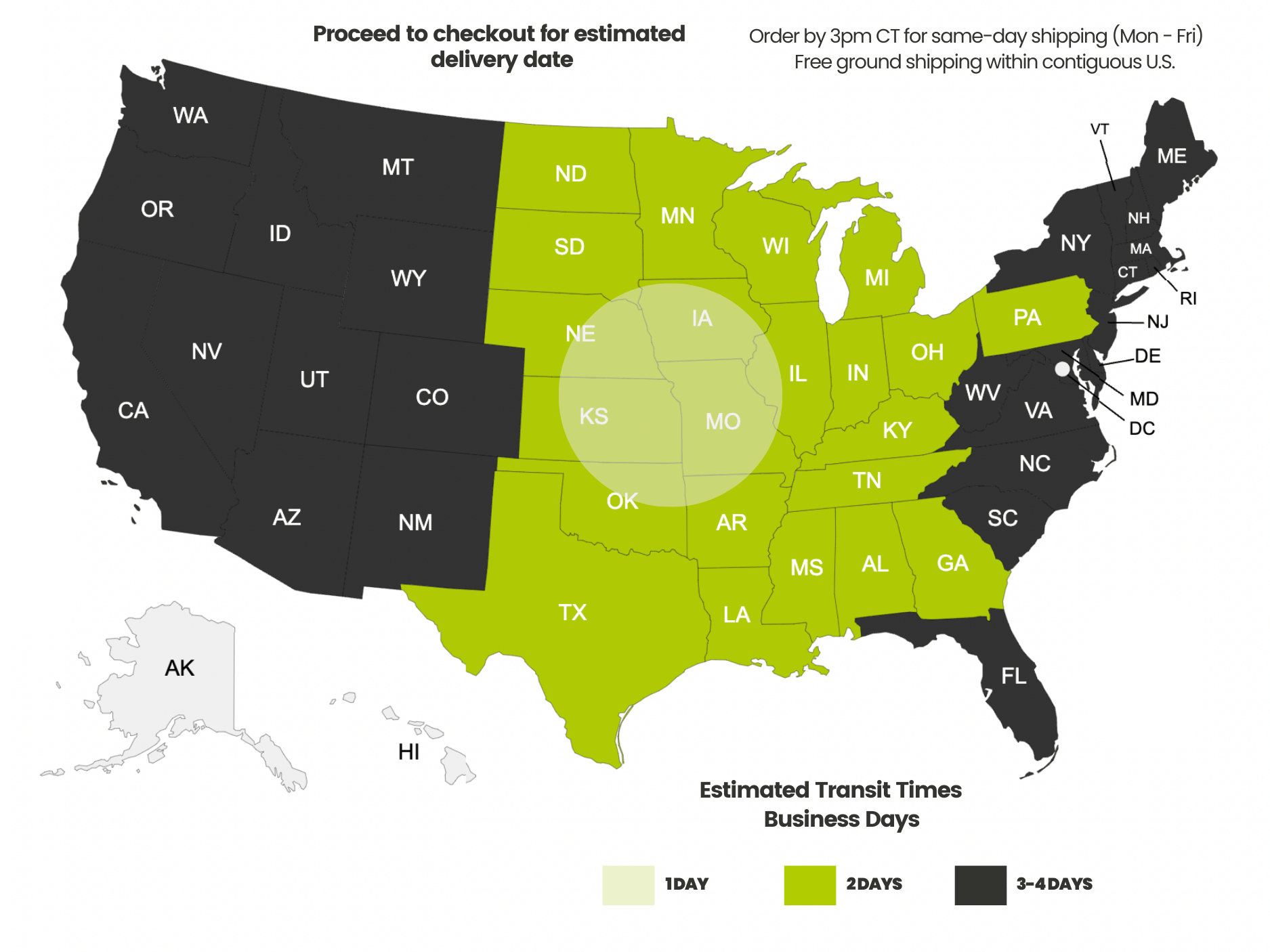Payment methods accepted

Q&A: Tracing Ethernet's Journey and What's Next
Written by Don Schultz, trueCABLE Senior Technical Advisor, Fluke Networks Copper/Fiber CCTT, BICSI INST1, INSTC, INSTF Certified
Don: Welcome back to the Low Voltage Lowdown! This is Don from trueCABLE, Senior Technical Advisor, and today, Dave Harris and I are going to talk about the current advancements in Ethernet technology. Before we talk about physical mediums that transport Ethernet data packets, I think it's important to to bring up that when we say Ethernet technology, we're not necessarily talking about copper twisted pair category cable, coaxial or fiber - or even Wi Fi for that matter, we're talking about the packetization of data into Ethernet frames. Sounds interesting? Let's dive in!
If you're not in a reading mood, feel free to click play on the podcast below!
Coaxial Cables: The Legacy Medium
Don: We'll start with an old technology that has been around for a long time - coaxial cable. What advancements are we seeing in terms of data transmission? On the data networking side, coaxial is effectively dead for transporting Ethernet packets through standard adapter technologies, unless you're doing MoCA.
MoCA, or Multimedia over Coax Alliance, is a way of transporting Ethernet data packets through a special adapter technology that you can do in your home, but that's not very common. For most applications, coaxial is no longer being used at very fast speeds and is only used for really old equipment.
However, innovations are taking place with internet service providers who have a huge amount of existing coaxial infrastructure installed. Since they can't simply transform everything overnight due to cost and environmental impact, we are beginning to see ISPs offering much higher download speeds, up to 10 gigabits, over coaxial into customer homes. Of course, upload speeds are still around 50-100 megabits at best. But this shows where coaxial innovation is occurring despite its near irrelevance for Ethernet on a LAN inside a business or home.
Copper Twisted Pair: The Workhorse of Connectivity
Don: The next part of transmitting Ethernet data is the good old, trusted copper twisted pair category cable. And that's the kind of cable people have traditionally referred to as "Ethernet cable," though the two terms have become conflated over time since it was really all we had for many years.
The latest innovation here was Category 8 cable in 2018. However, as the Senior Technical Analyst at trueCABLE, I don't think we'll ever offer Cat8. The reason being that there's just no real market for it. Cat8 is only capable of transmitting speeds up to 25-40Gbps up to around 100 feet, subject to ambient temperature limitations. After 100 feet, you essentially have the equivalent of Cat6A and you’re back down to 10Gbps.
Really, Cat8 is only useful for short runs like between telecom rooms on the same floor or high speed links within a server room. It's very difficult to terminate and thicker than other cables. It's just not something we consider feasible for most installations. I believe Cat8 marks the end of faster transmission over copper because of its inherent physical limitations over certain cable lengths and environments.
That said, most home, small business, and corporate networks don't need speeds over 1Gbps to end devices anyway. Even Cat5e can handle 2Gbps which is becoming more common. So while Cat6A remains the best for future proofing, lower cable categories will still serve the purpose depending on your budget and needs.
Fiber Optic: The High-Speed Conduit
Don: That brings us to the last transmission medium, which is really where the future is of Ethernet data transmission, especially at really high speed and really long distances, and that would be fiber optic. As we’ve mentioned before, fiber optic unfortunately can't transmit power, so there will always be a role for copper twisted pair ethernet in applications using Power over Ethernet, like access points, home controls, building automation, and more.
However, fiber optic really shines when it comes to building backbone installations. It allows you to connect switches across long distances without even having to terminate the cable. You just need a fiber patch cord terminated on each end and you can transmit data seamlessly over a buried cable between buildings, for example.
This is not only trouble-free from an EMI and grounding perspective compared to copper, but also often not any more expensive to install between structures. Fiber eliminates potential grounding complications between buildings that have separate ground systems as well. Lightning protection is also a non-issue with fiber.
So in summary, while copper keeps its place for PoE applications, fiber is truly where we'll see the highest speeds and longest transmission distances due to its immense bandwidth potential untapped by any other medium.
And now I'm going to hand it over to Dave, where he is going to cover more of that in depth.
The Backbone Revolution: Fiber Takes the Lead
Dave: Thanks, Don. As you said fiber is more and more the go to choice for backbone installation and a backbone installation is essentially a channel that goes between switches. It can go between two buildings with a switch in each building or two telecommunications rooms with a switch in each one.
Fiber is good for going between switches because of speed, but also the bandwidth that it can hold can carry a lot of signals at the same time. And one of the places where a backbone installation is often needed is between buildings. We're also getting to the point where media converters, the devices that convert between fiber and copper media (and the transceivers which many of you know, as SFPs), are coming down in price. It's really no more expensive to run fiber between two buildings than it is to run copper at this point. And that's important because you're better off with fiber between buildings because the buildings are going to have their own ground systems.
You see with copper backbones, meticulous management of grounding at both locations and in between becomes an involved process. Grounding needs for aspects like lightning protection and shielding each introduce complexity. Lightning itself can induce damaging currents in copper from nearby strikes over around 140 feet away where fiber is nearly unaffected by electromagnetic or grounding issues.
Aside from that, the onset of high resolution 4K and future 8K video also drives greater use of fiber backbones. These high bandwidth signals cannot be transported uncompressed over 10GbE without compression techniques. While codecs can compress to this level, copper backbones must flawlessly maintain 10 Gbps speeds for extended periods with multiple HD channels. Fiber ensures this threshold is consistently met and why we see the strong motivation to install dark fiber proactively before issues arise.
Preparing for the Future: The Onset of Dark Fiber
Don: Hey Dave, I have a question for you. Dark fiber is that like the dark side of the force or what's dark fiber?
Dave: Yeah, that's what it is.. No, the dark fiber I'm talking about is fiber that's being installed and not used. It's fiber that's being installed to get ready for the future so that it does not have to be roughed in after the building is constructed.
This has been done for a while now in commercial installations. Now we're seeing it done in home installations for high-bandwidth video applications. People want to transmit uncompressed video, and some of them are installing multiple fiber channels just to get ready for the future. Some of them are even installing conduit in their rough ins because they're not sure what the medium is going to be. There are going to be new cables coming out for HDMI 2.2 or whatever the next HDMI is and they're not here yet. As more and more time passes, the time to install fiber in the home is looking to be right now, and it’s no surprise that uncompressed video applications are pioneering this.
Fiber's Speed Phenomenon: Reaching for the Terabit Era
Dave: So right now, fiber technology continues pushing bandwidth envelopes at an incredible pace. Currently, the maximum mainstream Ethernet speed over fiber is around 400 gigabits per second.
However, development efforts foresee future capabilities like 800GbE and 1.6 terabit Ethernet. While 400GbE represents today's peak, tests show fiber can scale much higher. These extraordinary speeds are what will be needed to transport uncompressed formats like 8K video and power emerging technologies.
Don: Thanks for the context, Dave. It's remarkable to think 400GbE transmission is now commonplace for fiber, which is a minimum of 10 times faster than the maximum speed copper Cat8 can manage. Speeds approaching a terabit truly represent astronomical figures by any standard.
I can see how bandwidths of that magnitude will be indispensable going forward, whether for broadcast-quality video, advanced analytics processing huge datasets, or AI applications handling extremely dense workloads. Fiber's capability to scale well beyond even the fastest copper underscores why it will remain the only viable long-term solution for cutting-edge network infrastructures and applications.
Conclusion
Don: So there you have it! The trajectory of Ethernet speeds and the mediums we use is ever-evolving. We've transitioned from coaxial to copper twisted pair, hitting a bottleneck with Cat8 due to copper's inherent limitations. Now, we're stepping into the era where fiber optics will dominate high-speed, long-distance data transmission. However, copper's role isn't over—it remains essential for Power over Ethernet and other applications requiring electric power. Even coaxial has its place in networks, though its Ethernet transmission days are essentially over.
HAPPY NETWORKING!
trueCABLE presents the information on our website, including the “Cable Academy” blog and live chat support, as a service to our customers and other visitors to our website subject to our website terms and conditions. While the information on this website is about data networking and electrical issues, it is not professional advice and any reliance on such material is at your own risk.




























Could graphene data cables be the next evolution in data transmission? I don't know a lot about these, but I did read they have low resistivity and high conductivity. It's too cost prohibitive. So far it doesn't seem to be twisted pairs.
Hello! That is a possibility. Nano carbon fiber technology is something upcoming in everyone’s future. When it will get here is anyone’s guess. Until then it will be copper twisted pair and fiber optic. My personal guess is graphene would be 15+ years away.